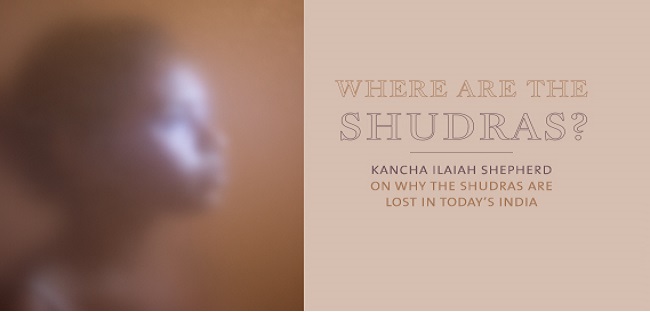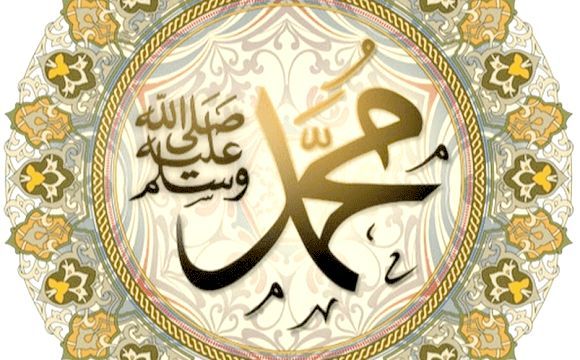NARENDRA MODI BECAME PRIME MINISTER in 2014 on the back of proclamations that he belonged to the Other Backward Classes, implying that he was a representative of the Shudras. Many accepted the proclamation without the scrutiny it deserves. Looking closely at Modi’s caste group, the Modh Ghanchis of Gujarat, we should be skeptical of his assertion of Shudra status.
Modh Ghanchis have historically been in the business of both making and selling edible oil. More recently, they have also branched out into running kirana stores. This sets them starkly apart from Shudra castes, which have been mostly associated with agrarian production and labour—neech work, in the Brahminical mind.
The caste system is strictly ordered by occupation, and reserves commerce for the third varna, the Vaishyas. The Modh Ghanchis’ participation in commerce is a mark of Vaishya status. They are not treated as a neech caste in Gujarat. The community’s vegetarian habits also suggest Vaishya rather than Shudra roots. Modh Ghanchis are traditionally literate, as traders must be, and this is another sign of non-Shudra status. Caste rules prohibit Shudras from learning to read or write, and prescribe barbaric punishments for defying the ban.
Modh Ghanchis were not listed among the OBCs when the Mandal Committee recommendations first came into force. The Gujarat government granted them OBC status in the state in 1994, and the central government added them to its list of OBCs in 1999. Modi became the chief minister of Gujarat two years later. During state elections in 2002, 2007 and 2012 he never found it expedient to present himself as a member of the OBCs. He projected a Bania identity, and the Banias—by far the country’s most powerful industrial and business community—embraced him as one of their own. It was only when campaigning for the 2014 general election that Modi suddenly remembered his OBC status.
Narendra Modi is not the only BJP leader to make such strategic use of the OBC category. Sushil Kumar Modi, now the deputy chief minister of Bihar, was born into a Bania caste now listed among the OBCs. In several states, especially in north India, sections of the Banias have managed to get themselves added to the OBC lists. How these communities—with historical advantages in terms of varna, wealth, occupation and literacy—have come to qualify as OBCs is a mystery. This is an electoral strategy to help the Banias emerge as a major political force.
This should be an eye-opener for all Shudras. The OBC category is meant for those situated lowest on the varna scale, to address real social and educational backwardness. But some groups without a rightful claim to OBC status are using it to further their socioeconomic and political advantage. The Shudras are tricked into believing they are represented by leaders and parties that have no real connection to their difficulties, interests and culture, and that are denying positions of power to actual Shudra representatives.
There is a corresponding trend among the Shudras, with some castes at the bottom of the intra-varna hierarchy seeking recognition as Scheduled Castes to claim the official benefits that this brings. Their claims merit critical thought as well, particularly from Dalits, to guard against an imposition of Shudra power over Dalit castes. As a form of Shudra Dalitisation, going in the opposite direction to the Sanskritisation of the upper Shudras, it should serve not to sharpen caste conflict but to build greater solidarity among those struggling against caste.
The BJP’s Modi-led victory in 2014 meant that the national political system fell under Bania control. Modi was backed by Bania industrialists such as Gautam Adani and the Ambanis, and his government has favoured them in return. Amit Shah, Modi’s number-two man, has been installed as the president of the BJP, meaning that a Bania now heads the ruling party. If the BJP was earlier famous as a “Brahmin-Bania” party, it is now increasingly a “Bania-Brahmin” one.
To understand the Shudra position in this scheme we can look at the treatment of M Venkaiah Naidu, who was forced to resign from a number of significant cabinet posts in 2017 and relegated to the ceremonial post of vice-president. Today, he serves his purpose as the most prominent Shudra face in the government, but is powerless. Or we can look at N Chandrababu Naidu, the Shudra chief minister of Andhra Pradesh. He enthusiastically championed the new government in 2014 and was promised special concessions for his state. Once settled in power, Modi and Shah broke those promises and turned him away. Nitish Kumar, the chief minister of Bihar, has struck a similar deal with Modi and Shah, and is in line for a similar humiliation.
Modi grew in power by serving the needs of Bania capital, not the needs of the Shudras. It is his combination of Bania roots and an OBC certificate that made him the ideal face of the present BJP. The party depends heavily on Shudra voters for their numerical strength, but if that were all that mattered it could have courted them by backing other Shudra leaders. But nobody else could have appeased the Banias while playing the OBC card as Modi did.
PREVIOUSLY, THE BANIA’S POLITICAL POWER had peaked around the time of Independence, when they could rely on two hugely prominent leaders—MK Gandhi and Ram Manohar Lohia. During the Nehruvian years, under a Brahmin-dominated Congress, they became almost invisible in national politics, although they still had great influence through business, industry and the private press. The Banias later gravitated to the upstart Jan Sangh, which morphed into the BJP, but even there the leadership remained in Brahmin hands until recently.
How have the Banias achieved this rise to the very top of national government, defying the caste system’s relegation of their status and even pushing back Brahmin power? Under the sanyasi value system of the Brahmins, their work as traders was once considered demeaning—not unlike how the labour and agrarian production of the Shudras are still denigrated today. The Banias’ caste and caste occupation, however, are now treated with respect. What allowed this change, even while the perception of the Shudras’ work and status has remained unchanged since ancient times? The Shudras must study this question carefully, as it can serve them as an example and help them understand the causes of their continued marginality and oppression.
The obvious answer is money. When liberal capitalism is introduced to a caste-based society, the groups that benefit most are the ones that have, for centuries, had exclusive rights over commercial capital under the caste system. India’s encounter with the global market has cemented the Banias’ control over India’s capital and economy, and wealth brings status.
But this is only part of the explanation. The Banias have been rich for much longer than they have had high social and political positions. In the late colonial period, the Banias had plenty of money but still suffered from an intellectual inferiority complex before the Brahmins. Wealth alone was not enough to overcome this. The Banias had to produced philosophers to loosen the ideological bonds of their traditional social position.
To be continued….

















